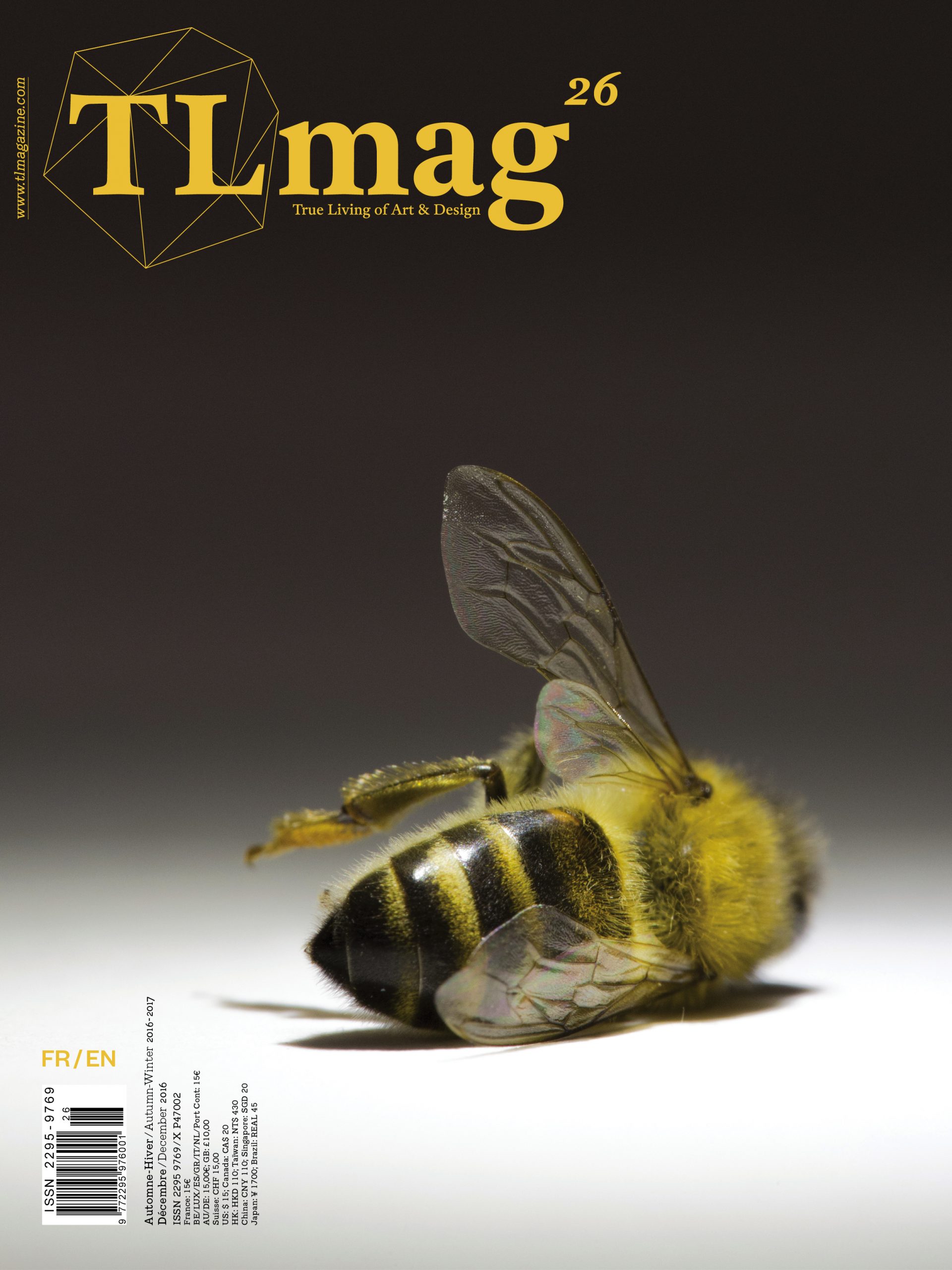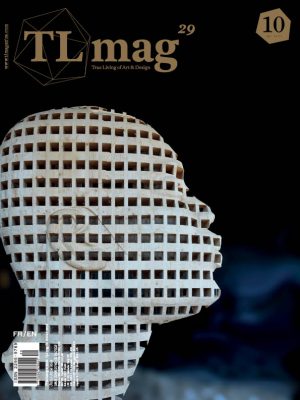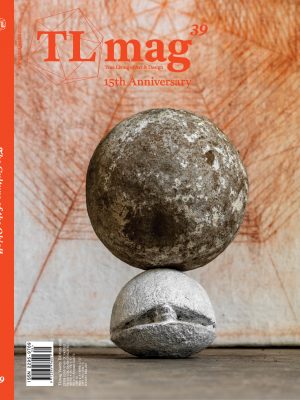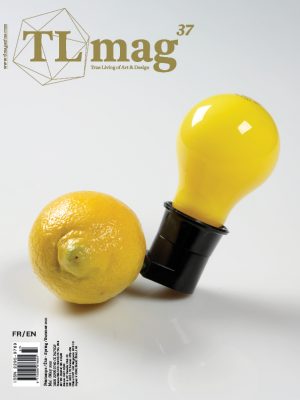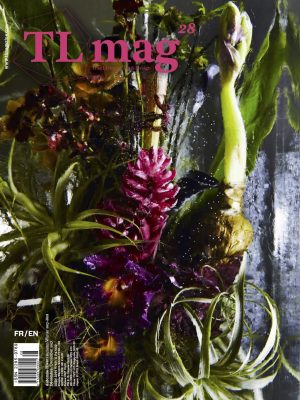Description
Collect TLmag Cover Art: The Fallen Bee by Tomáš Libertíny
The cover art work is a photograph I took of a dead honeybee. The image is both symbolic and literal. The death, slow and gentle, is played out on a theatre stage. There is no blood, no sign of old age. The bee, which could be sleeping, is anonymous as its face is turned away from the audience. It does and it will imply many themes such as sacrifice or raise a question of fate and predestination. However, as it is with current political turmoils, the victims are always the hardworking and the innocent. Just like the famous painting The Death of Marat by Jacques-Louis David, the photo doesn’t show the murderer. Our Charlotte Corday is ignorance. The fragility of life and nature couldn’t not be more obvious. Today, there are still loud political figures who deny the scale of global warming is a result of human activity despite all the evidence. The truth has become a matter of an opinion. Everybody seems to quote Albert Einstein on what he said about bees. However, he also said: “Two things are infinite: the universe and human stupidity; and I’m not sure about the universe.” -Tomáš Libertíny
Les ‘Grands Ateliers’
Paris – Brussels – Amsterdam
A single physical line links Paris, Brussels and Amsterdam. Travelling by train from one of these cities to another takes just a matter of hours and offers view after view of the same flat countryside. The land gives off an unusual light. Let’s call it a glimmer of hope. Yet it is impossible to forget the lingering latent anxiety one year after the attacks in Paris and Brussels. Though these cities have bounced back, their inhabitants will never be able to experience them the same way again. Or rather, now that their lives are laced with a raw sense of fragility and hypersensitivity, they will never again see them as they saw them before. Freedom comes at a cost. Ready to defend this value as their main privilege are designers, veritable escape artists when it comes to any political or social binds that have been imposed on them. Paris could be called protean. The designers of the sprawling French capital appreciate the city’s cultural offerings and the way of life afforded by its village-like neighbourhoods. Far from the big boulevards, you can find peace and quiet in an inner courtyard or a garret apartment sheltered by one of the city’s signature roofs. Paris also embodies French taste, which continues to spread its wisdom throughout the world via the decorative arts. Farther north we find Amsterdam, an iconic city much like Paris. The city is steeped in history. At its beautiful canals, time stands still. Brussels, the kingdom of Henry Van de Velde, is more eclectic and secretive. From its outpost at the crossroads of Latin-influenced and German-influenced Europe, the city absorbs a wealth of influences. Could Brussels, with its flourishing art scene, architectural diversity and laid-back, worry-free attitude, be the new Berlin? It is in Brussels that numerous art and design forces take shape, spurred along by northerly winds and caught up in experimental industrial and craft-based research. Ever since the Middle Ages, the former Low Countries have connected Benelux to the north of France. These countries have preserved their unique cultures. They have handed them down to succeeding generations of local designers of both native and foreign extraction. In a way, Design Academy Eindhoven has taken the torch from the 1930s Bauhaus movement, blending artistic disciplines and bringing new life to crafting traditions. This is how it’s done in the new Low Countries.
-Lise Coirier



